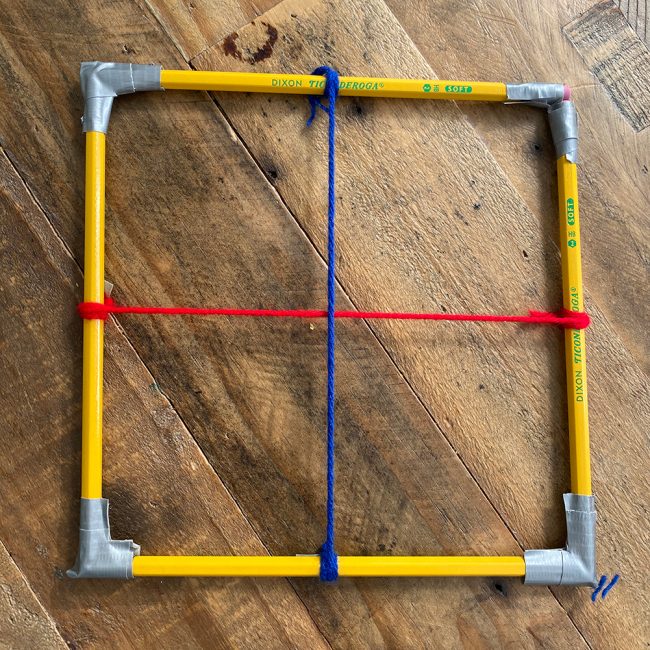Written by Shalimar Moreno
May 7, 2020
BACKYARD SCIENCE
An important part of science is observing and studying the natural world. Observing, collecting and recording data are all important steps in the scientific method that helps everyone understand the planet better.
Like communities, ecosystems are made up by living and non-living things that are rely on each other. Ecosystems can be found all around. Don’t have a backyard? Don’t worry, living things are everywhere – it’s just a matter of knowing where to look.
“The dynamic of ecosystems and communities is vital to understanding the relationship of living and non-living things and how they depend on each other,” said Mireya Mayor, a National Geographic explorer and director of the College of Arts, Sciences & Education’s Exploration and Science Communication Initiative. “One can’t survive without the other. In order to have healthy communities, we need to have healthy ecosystems.”
Mayor and her explorers-in-training took to the backyard to demonstrate how anyone driven by curiosity can learn something new about ecosystems close to home.
MATERIALS
- 4 sticks of equal length (ex. Toothpicks, chopsticks, branches, etc.)
- Tape
- Yarn or string

WORDS TO KNOW
Biologists study living things. Ecologists study how these living things respond and interact with the world around them.
- Living things: Need food, air and water to grow and reproduce. Examples include plants, animals and bacteria.
- Non-living things: Don’t eat, breath, grow or reproduce. Examples include cars, tables, rocks and water.
- Ecosystem: A community of living things interacting with the non-living things in their environment.
- Quadrat: A tool used by scientists to survey a standard unit of area for study.
- Plot: A sample portion of a larger area that scientists will fully study to better understand the larger study area.
OBSERVE
Create a quadrat using four sticks and two pieces of string all of equal length. Form a square out of the sticks and secure using tape, glue or any other means that holds them firmly together. This is the quadrat frame. Now tie the strings across the frame from the middle of each stick to create a four-square grid.
Don’t have sticks or string? Be creative – even paper can be used to create a simple grid, which is all that’s needed.
Always start by finding a safe place to explore. Choose an observation area, this is the plot. Place the quadrat down or hold it up to the observed area, then take a look around. On a blank sheet of paper, ask and answer the following questions:
- What’s the most common color?
- How many living things are present?
- How many things are nonliving?
- Are there any changes occurring?
- How are the living and non-living things interacting?
COLLECT & RECORD
On another blank sheet of paper, draw a grid with four square boxes. Using the quadrat as a frame of reference, draw what is observed within the chosen area in relation to each other. Consider the results – were there more living or nonliving things? What guesses can be made about the rest of the ecosystem based on the observed quadrat?
Be sure to snap pictures of process and results to share with @FIUCASE!
SCALE UP
Want to see other ways ecologists study the interaction of living and non-living things? Researchers in the Florida Coastal Everglades Long Term Research program, which is based at FIU and funded by the National Science Foundation, track predators in the Shark River Estuary to understand their behavior. Follow along and explore the data to form new hypothesis about what is happening.
There’s so much waiting to be found right outside the back door. Whether in the yard or around the neighborhood, go on an expedition to complete missions grounded in the science that exists all around. Follow FIU@Home on CASE News for more backyard science.